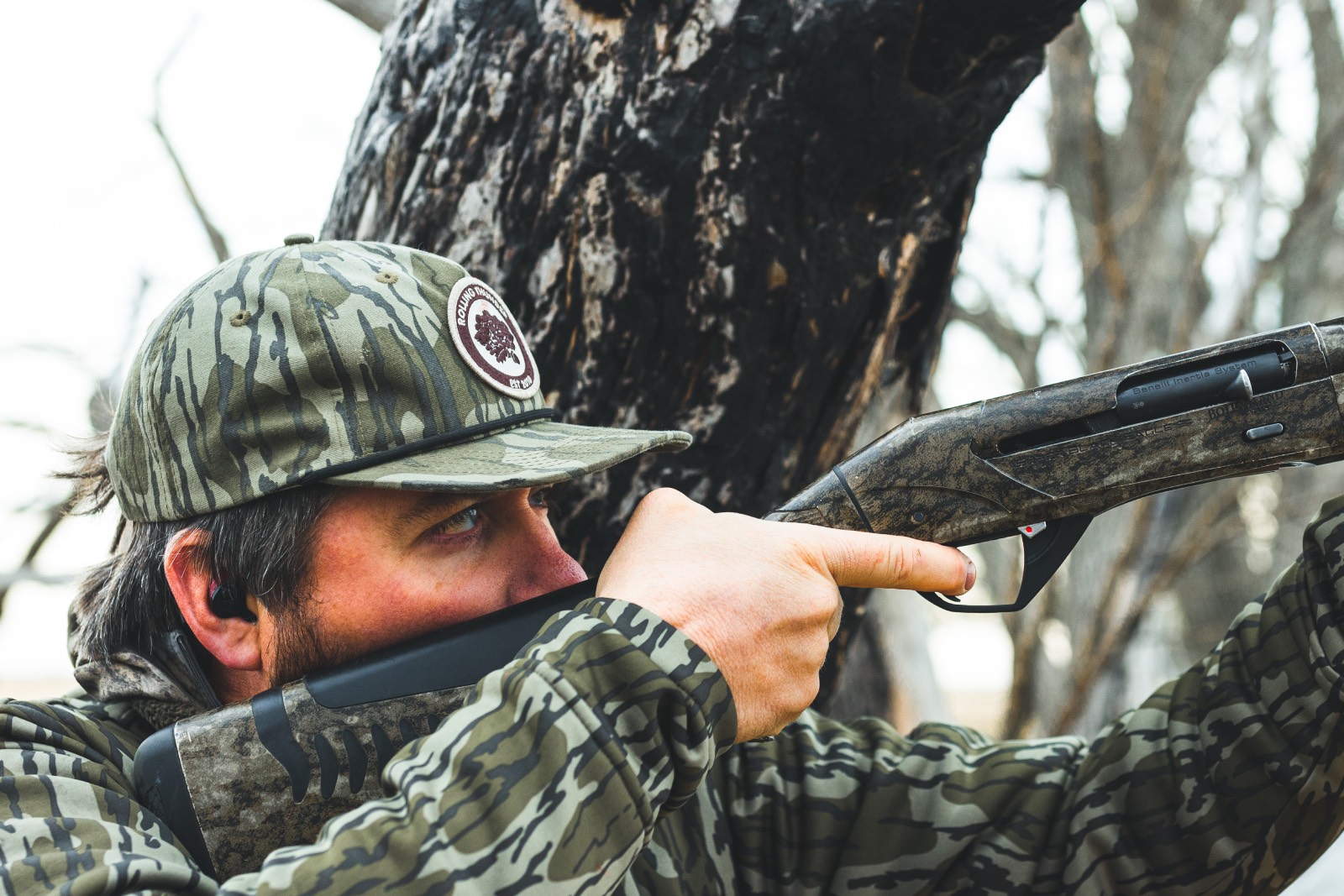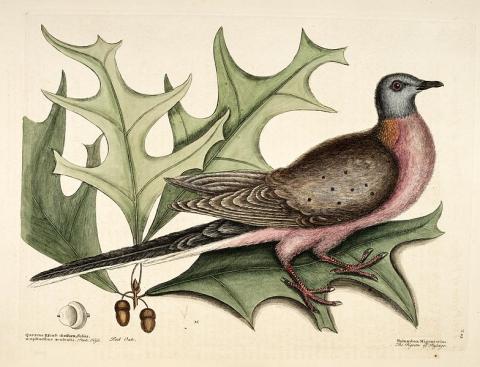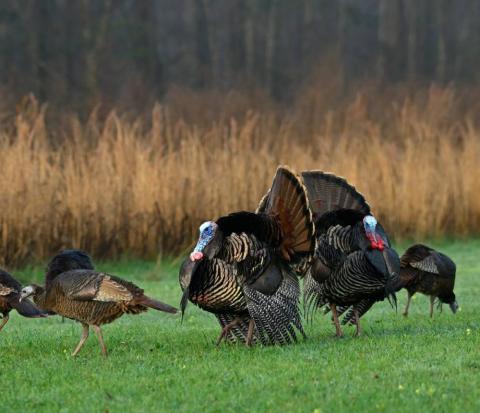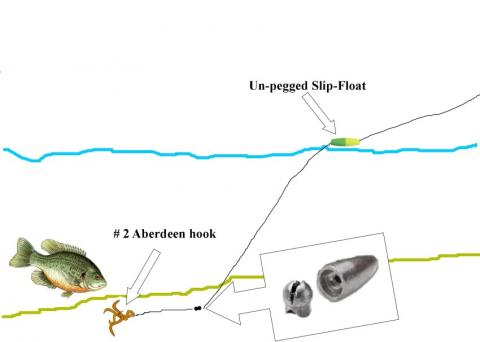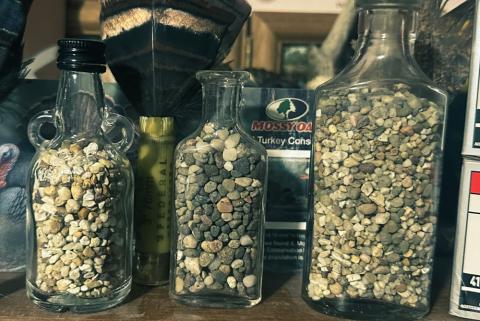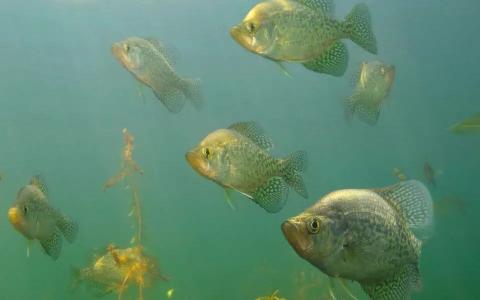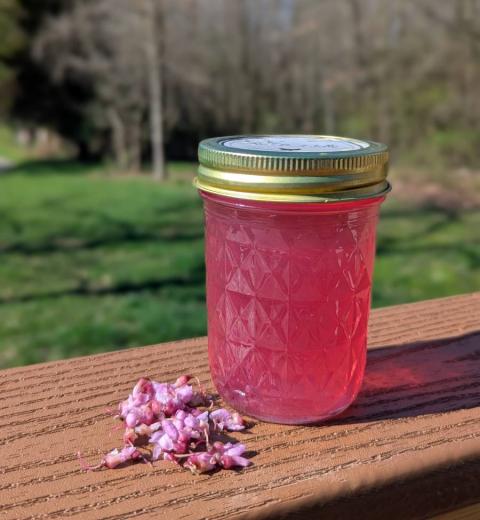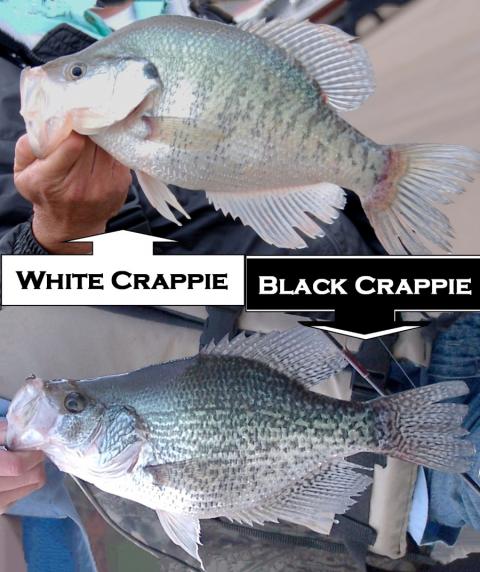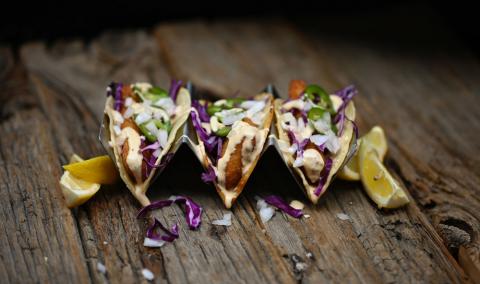Greg Tinsley
The velocities, sizes and tenacities of wild ducks makes hunting them a premier wingshooting experience. They plainly have it all: best-in-class avionics and keen vision melded to the collective overwatch of pure survivors.
Ducks are difficult enough that anyone unpracticed and unprepared on public land would be very lucky to ever kill one. I should know. I was – largely remain – that guy. However, a 10-year job with Ducks Unlimited Television, and a concurrent two decades with the waterfowlers of the Lost Brake digital series, have tuned me up to a good bit of the hunting and shooting stuff that I sadly lacked. Well-honed by real experts, here are some ideas that may work for you, too:
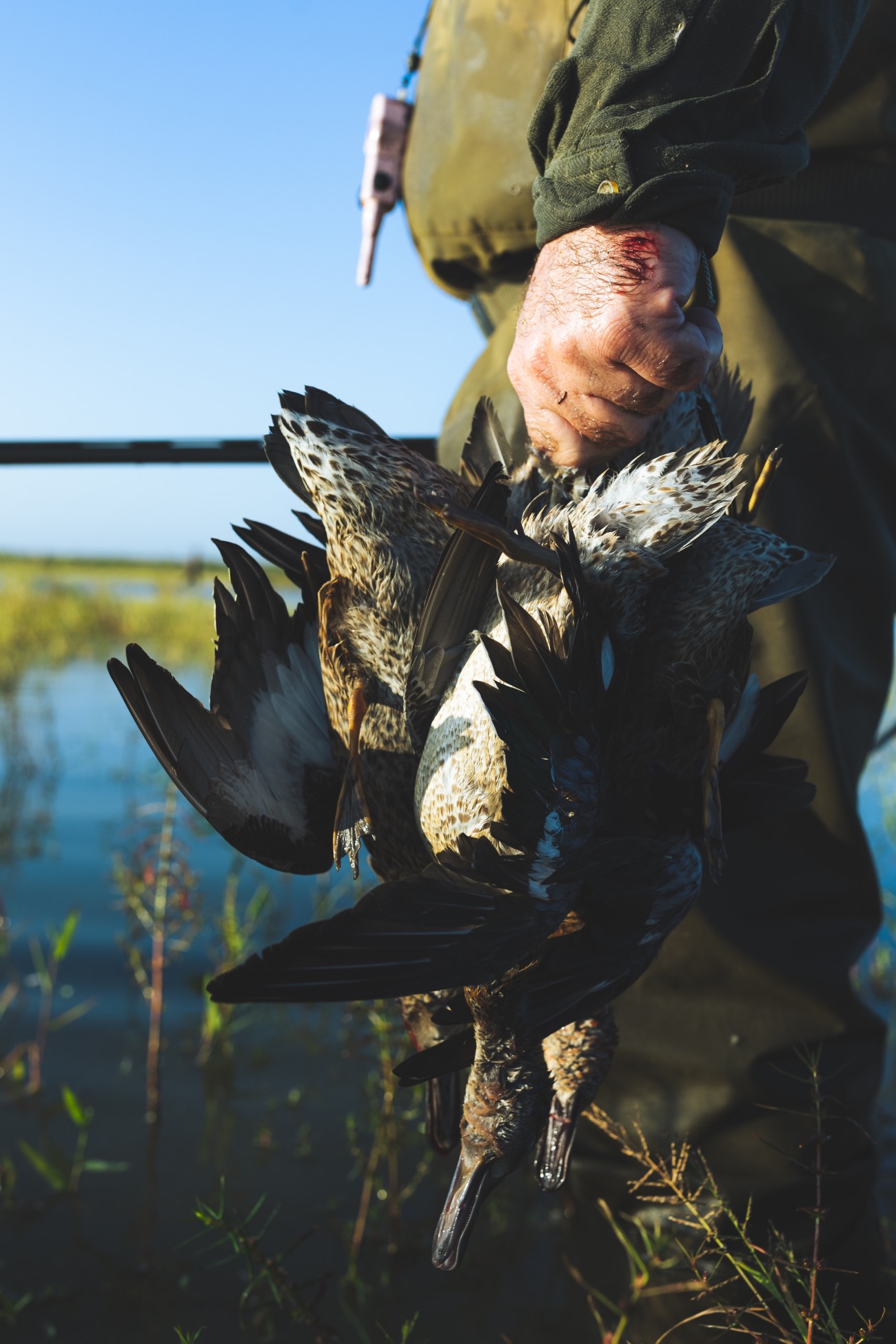
Close-Range is King of Ducks
Both the DUTV and the LB crews want ducks in their decoy spreads. That’s the real juice in waterfowling: working inside the duck’s radars and paranoias to begin landing them, or practically so. It’s an incredible feat-and-feast for the senses, which also provides the most dependable shooting.
Much past about 40 yards, shotguns choked for birds flying into, or slightly around, the decoys are incapable of consistently “stoning” ducks on the wing, even with a terrific operator on the trigger.
Most humans are not accurate at estimating distances past about 75 feet. Underestimating distance is the most common misjudgment.
There’s a lot of science and math in wingshooting that no one needs to know. For the sake of brevity, the supreme default here is to shoot’em very close.
Swing Versus Point-and-Shoot
Phil Bourjaily, DUTV’s shooting instructor, eventually helped simplify my swing thoughts on ducks flying at oblique angles, at various speeds. With eyes locked to its bill, he teaches to briefly track the barrel just beneath the duck, so as not to cover it with the barrel. He has calculated his lead and is breaking the trigger as the barrel begins sweeping past the bill. He recovers from the recoil with the swing still grooving, as though the plan was always to double tap that duck.
Now I try to shoot that way, too.
LB’s “Hunt Boss” prefers ducks dropping into the kill box at close range, a gun-handling situation he describes as mostly point-and-shoot. He is correct, though, like everyone who does it, he knows that this is the only instance where point-and-shoot consistently works for ducks on the wing.
Mounting the Shotgun
Bourjaily recommends raising the gun into the plane of the swing, slightly out from the upper body, rather than using arms alone to bring the gun up into the shoulder cup. From there, he teaches that the butt stock and the shooter’s shoulder are simultaneously drawn firmly together with slight actions of both the arms (pull) and upper body (push). For many reasons, this is a particularly effective technique, whether one is thickly bundled against a 20-below wind chill or not.
Mounting the Functioning Shotgun
I cannot remember many duck hunts that have not included some misery from at least one gun that stopped cycling shells. Mostly, it seems, these stoppages have been with my guns. Thus, I’m relieved and proud that modernized semi-automatic shotguns, and my gun-cleaning game, have all drastically improved.
The Unique and Perishable Skill
I've known several adults who greatly benefitted from the in-person shotgun teachings of capable professionals. Further, all young people deserve the lifetime profits of range time with bona fide shooting instructors. For parents, grandparents, aunts and uncles, the terrific shortcut of organized third-party training for youths is an investment that is amortized over several lifetimes.
Regularly breaking clays, from ones hand-thrown behind the barn to those launched across a commercial shooting complex, is just so much freaking fun. By definition, the complete waterfowler is also the well-advanced shotgunner.
Air-to-Surface Systems
These days most all of my duck hunts are timber-hole engagements featuring several exceptional shooters and a sprinkling of relative newbies. I am the old man, increasingly focused to the “swimmers,” those ducks that are spun, tumbled and/or sailed off during the initial fireworks. Often there may be several ducks to quickly dispatch, with the dynamics of unsteadied waterdogs to consider above all else.
My evolving role as shooter is becoming that of the spy’s spy, a sort of self-appointed captain of the coup de grace. The work is honest and very enjoyable.

